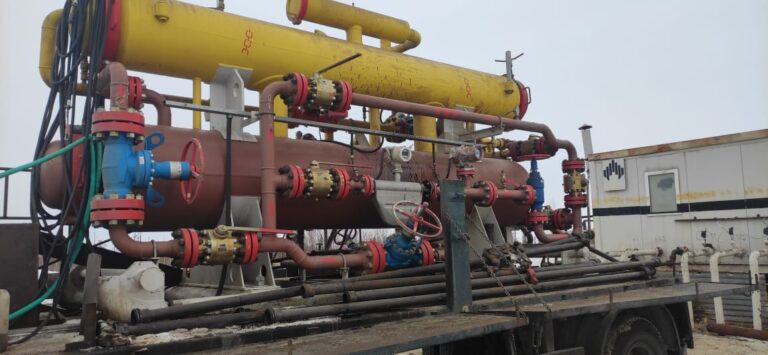With the continuous introduction of new safety instrument system specifications (such as IEC, GB, SY, SH, HG, MHG, and various industry standards), the options can become overwhelming, leaving one unsure of how to proceed. To choose the appropriate safety instrument system specifications, the following aspects can be considered:

I. Understand Your Own Needs
2. Assess the Risk Level: Conduct a comprehensive assessment of the potential risks in the production process. Consider the types of accidents that might occur, the severity of the hazards, and the likelihood of such accidents happening. High-risk production environments generally require stricter safety instrument system specifications to ensure safety.
3. Consider Legal and Regulatory Requirements: Familiarize yourself with the relevant legal and regulatory requirements for safety instrument systems in your country, region, and industry. Ensure that the selected specifications comply with legal standards to avoid penalties for non-compliance.

II. Study the Specification Content
2. Refer to Industry Cases: Learn from the experiences and practices of other companies in the same industry regarding their choice of safety instrument system specifications. You can gather relevant information through industry associations, seminars, and professional forums. Referring to successful cases can help you better understand the practical application of different specifications.
3. Consult Professionals: Engage with safety experts, engineers, and regulatory personnel to seek their advice. Their extensive experience and expertise can provide you with targeted guidance based on your specific situation.

III. Consider Practical Feasibility
1. Technical Feasibility: Assess whether the selected specification is technically feasible. Consider whether your company’s current technical capabilities, equipment conditions, and human resources can meet the requirements of the specification. If technical upgrades or modifications are needed, evaluate the cost and feasibility of such changes.
2. Economic Feasibility: Consider the costs associated with implementing the safety instrument system specification. This includes expenses for equipment procurement, installation and commissioning, maintenance, and personnel training. Ensure that the chosen specification is economically sustainable, while balancing safety investments against potential risks.
3. Time Feasibility: Determine the time requirements for implementing the safety instrument system specification. Consider the project schedule and urgency, and select a specification that can be implemented within a reasonable timeframe. Avoid specifications that are overly complex or have extended implementation periods, which could impact production schedules.

IV. Continuous Improvement and Updates
2. Conduct Internal Evaluations: Regularly assess the performance of your implemented safety instrument system to ensure it meets the selected specifications. Based on evaluation results, make timely improvements and optimizations to continuously enhance the performance and reliability of the safety instrument system.

In conclusion, selecting the appropriate safety instrument system specifications requires a comprehensive consideration of your specific needs, the content of the specifications, and practical feasibility. By conducting thorough research and analysis, combined with advice from professionals, you can make an informed decision.
Additionally, continuously improving and refining the safety instrument system is essential to ensure the safety and reliability of industrial production.
